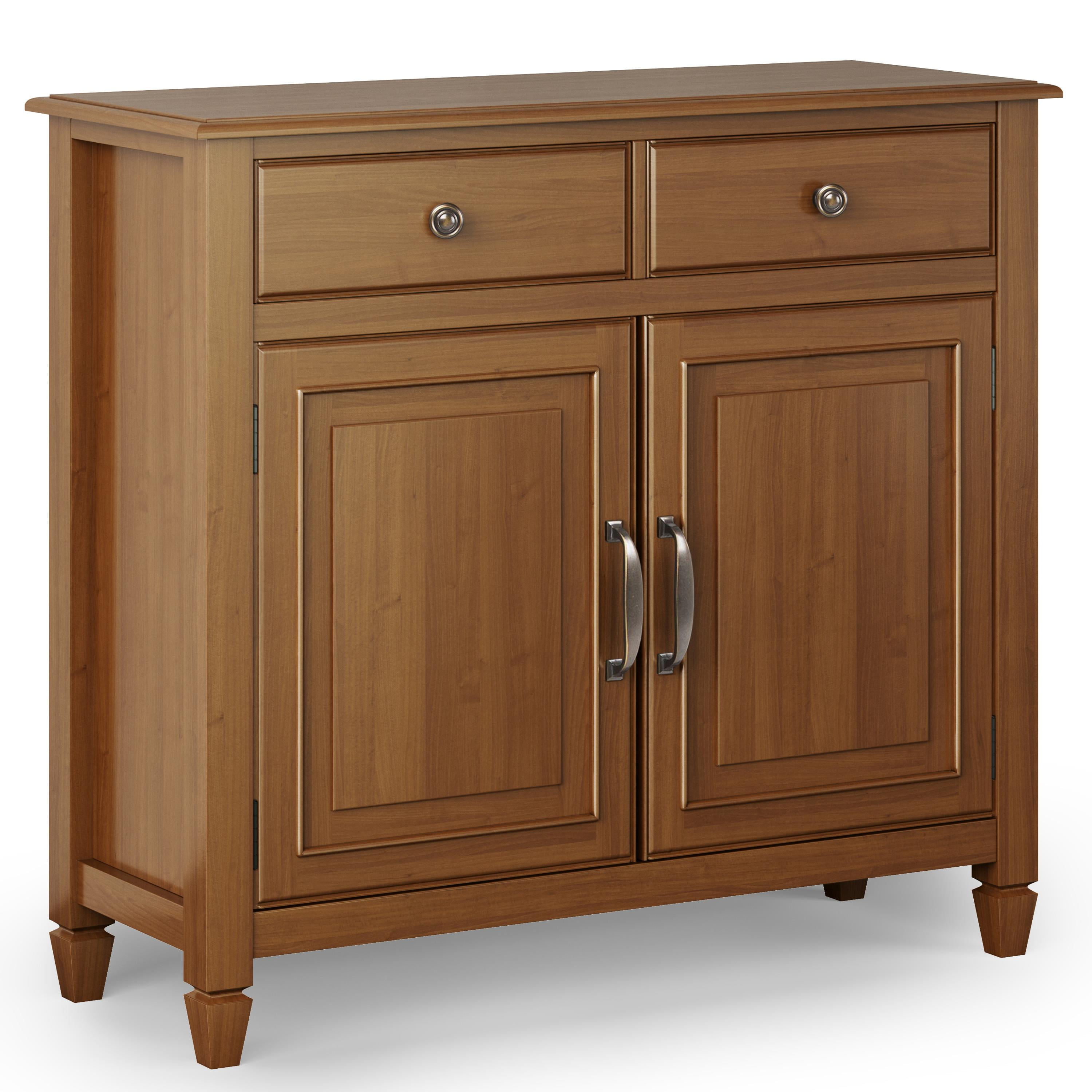Types and Styles of Carved Wood Storage Cabinets

The artistry of carved wood storage cabinets spans centuries and cultures, reflecting diverse aesthetics and craftsmanship traditions. From the intricate detail of Asian designs to the robust simplicity of European styles, these cabinets represent not only functional storage but also enduring works of art. The choice of wood, carving techniques, and overall aesthetic contribute to the unique character of each piece.
Asian Carved Wood Storage Cabinets
Asian carved wood storage cabinets, particularly those from China and Japan, often feature intricate designs inspired by nature. Common motifs include dragons, phoenixes, flowers, and landscapes. These cabinets are frequently constructed from hardwoods like rosewood, teak, and camphor wood, prized for their durability and rich tones. The carving is often deep and highly detailed, showcasing masterful control of the tools and a deep understanding of the wood’s properties. Joinery techniques are typically precise and strong, utilizing traditional methods passed down through generations of artisans. The overall aesthetic tends toward elegance and sophistication, reflecting the philosophical and spiritual values of the cultures they originate from. For example, a Chinese cabinet might feature a lacquered finish, adding to its lustrous appearance and protection.
European Carved Wood Storage Cabinets
European styles, in contrast, exhibit a wider range of aesthetics. Styles vary considerably depending on the country and historical period. Examples include the ornate Baroque cabinets of Italy, the more restrained styles of the English Arts and Crafts movement, and the sturdy, functional designs of the German Renaissance. Woods commonly used include oak, walnut, mahogany, and cherry. Carving depth and detail vary widely depending on the style, ranging from deeply carved relief work to more subtle surface ornamentation. Joinery methods also reflect the stylistic evolution, with earlier pieces often employing mortise and tenon joints, while later pieces might incorporate more complex techniques like dovetailing. The overall aesthetic can range from opulent and extravagant to simple and understated, reflecting the diverse tastes and values of the different regions and periods.
Contemporary Carved Wood Storage Cabinets
Contemporary carved wood storage cabinets often blend traditional techniques with modern designs. These cabinets may incorporate elements from various styles, creating unique and eclectic pieces. A wider variety of woods might be used, including sustainable and exotic options. Carving techniques might incorporate both hand-carving and computer-aided design (CAD) for greater precision and efficiency. The aesthetic is often characterized by a balance between traditional craftsmanship and contemporary minimalism. For example, a contemporary cabinet might feature clean lines and simple shapes, accented by subtle carving details.
Comparison of Carving Styles
| Style | Wood Type | Carving Characteristics | Typical Price Range |
|---|---|---|---|
| Asian (e.g., Chinese) | Rosewood, Teak, Camphor | Intricate, deep relief, natural motifs | $5,000 – $50,000+ |
| European (e.g., Baroque) | Oak, Walnut, Mahogany | Ornate, high relief, often gilded | $2,000 – $30,000+ |
| European (e.g., Arts & Crafts) | Oak, Cherry | Subtle, low relief, stylized natural forms | $1,000 – $15,000 |
| Contemporary | Various hardwoods, sustainable woods | Minimalist to detailed, blend of styles | $500 – $10,000+ |
